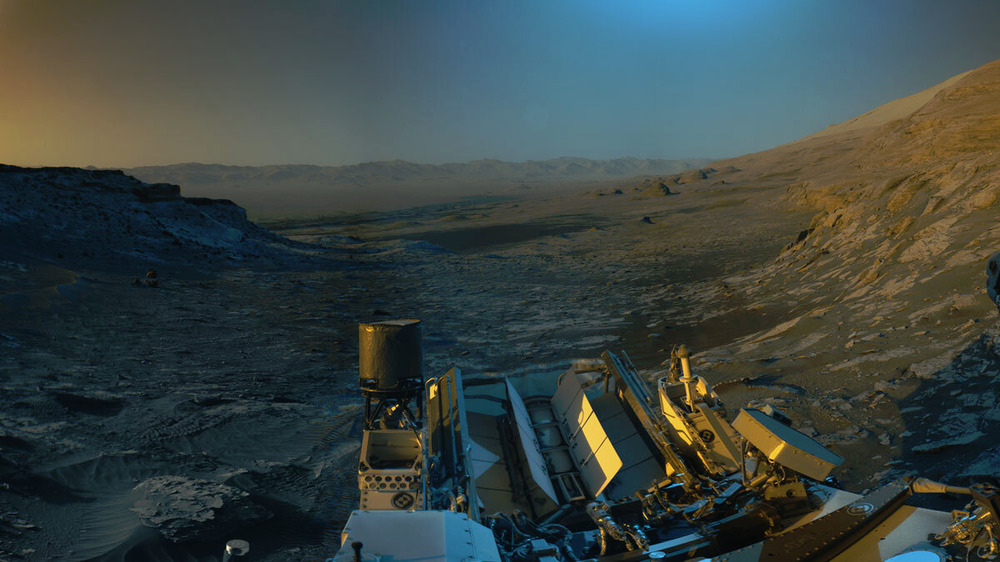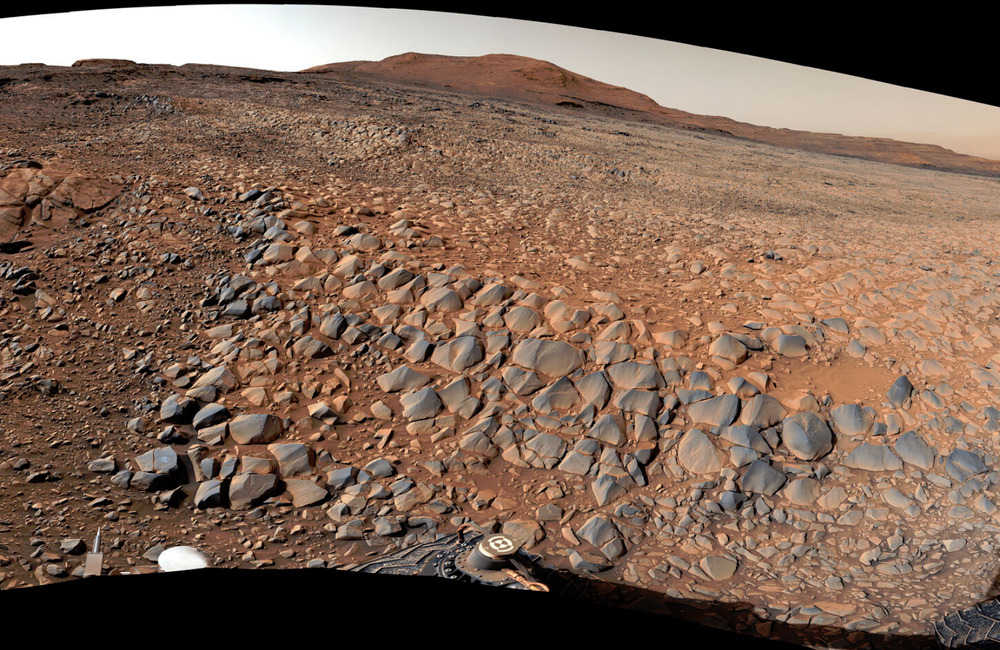PermeateFree said:
Having a lovely time, wish you were here.
Me?
https://mars.nasa.gov/insight/multimedia/images/
InSight lander on Mars is up to 6,513 images so far.
InSight Captures a Martian Sunrise and Sunset

https://mars.nasa.gov/msl/home/
Curiosity Rover on Mars is up to 918,026 images so far.
A postcard from Curiosity.

To avoid these patches of knife-edged rocks, the mission has taken an alternative path up Mount Sharp.
:-(

Curiosity finds complex carbon-containing molecules on Mars. On Earth, these would be taken as signatures of biological origins.
https://mars.nasa.gov/news/9113/nasas-curiosity-rover-measures-intriguing-carbon-signature-on-mars/?site=msl
NASA’s Curiosity rover, scientists have announced that several of the samples are rich in a type of carbon that on Earth is associated with biological processes.
an international team of Curiosity scientists in the detection of myriad organic molecules – ones that contain carbon – on the Martian surface.
https://www.nasa.gov/press-release/nasa-finds-ancient-organic-material-mysterious-methane-on-mars
Finding Organic Molecules
To identify organic material in the Martian soil, Curiosity drilled into sedimentary rocks known as mudstone from four areas in Gale Crater. This mudstone gradually formed billions of years ago from silt that accumulated at the bottom of the ancient lake. The rock samples were analyzed by SAM, which uses an oven to heat the samples (in excess of 900 degrees Fahrenheit, or 500 degrees Celsius) to release organic molecules from the powdered rock.
SAM measured small organic molecules that came off the mudstone sample – fragments of larger organic molecules that don’t vaporize easily. Some of these fragments contain sulfur, which could have helped preserve them in the same way sulfur is used to make car tires more durable, according to Eigenbrode.
The results also indicate organic carbon concentrations on the order of 10 parts per million or more. This is close to the amount observed in Martian meteorites and about 100 times greater than prior detections of organic carbon on Mars’ surface. Some of the molecules identified include thiophenes, benzene, toluene, and small carbon chains, such as propane or butene.
In 2013, SAM detected some organic molecules containing chlorine in rocks at the deepest point in the crater. This new discovery builds on the inventory of molecules detected in the ancient lake sediments on Mars and helps explains why they were preserved.
